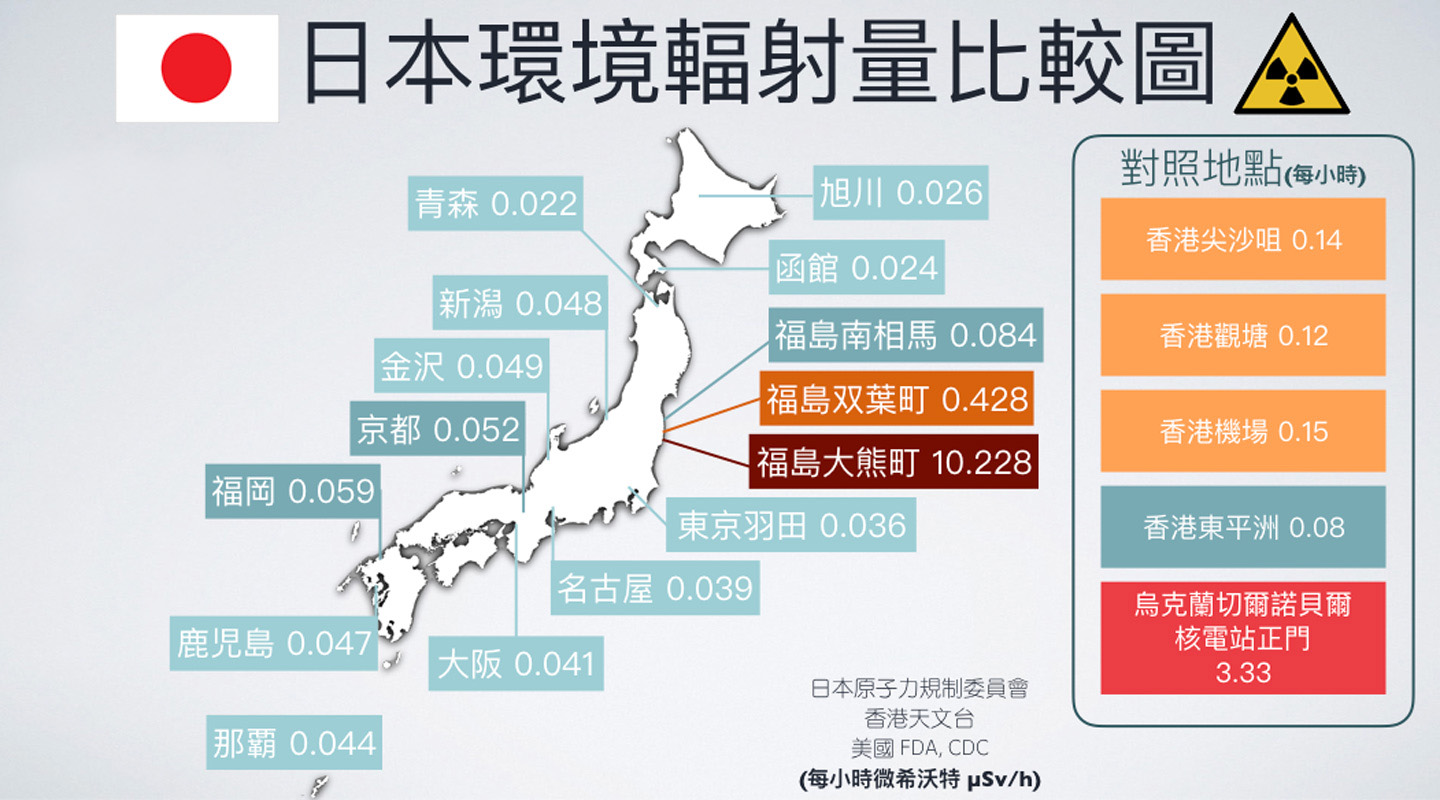Glimpses of Truth through Graphs and Charts
A Weapon for the New Journalists

Everything in our daily life can be pictorialized. The weather in the days ahead is plotted in graphic form. How our body functions is presented in medical charts. We rarely venture into foreign territories without a local map. There is information, even story, in every graph, chart and map.
‘Infographics’ conveys information to readers by visual means. In the ‘telegraph’ age, people could only send and receive simple messages coded in linear symbols. Now, advanced technology and internet services have enabled the production and dissemination of pictorial representations on little training and at minimum cost. On the other hand, the media are satisfied to feed the picture-happy reading public with more infographics. The School of Journalism and Communication has launched a postgraduate course ‘Topical Studies in Journalism (II) Infographics and Data Visualization’, taught by Dr. Leung Kai-chi, which combines infographics, data and news reporting in one curriculum.
Besides teaching some basic theories, Dr. Leung has also offered his students opportunities to draw various infographics in class. For instance, he had asked the students to draw the CUHK emblem from their memory. The majority of the students managed to draw a shield and fill it with the purple colour but none could draw the figurative feng inside. ‘Like words, the interpretation of graphics follows certain logics. We decode, for example, data in a graph from the outside to the inside. It’s therefore easier for us to recall the shield on the outside but not what’s in the inside. We should keep this in mind when designing a brand logo.’
In another class, Dr. Leung asked his students to draw a floor plan for the classroom. All the students put in a teacher and some students in their plans. ‘Is it a must for a two-dimensional floor plan to include teachers and students? This depends on who the target readers are,’ Dr. Leung said. He hoped that the experience of drawing infographics could help the students develop their critical thinking skills and examine themselves if they were influenced by any preconception.

Many news contents are delivered by means of pictures and maps, such as the depiction of an epicentre and flight routes. With a PhD in geography from the University of Minnesota, Dr. Leung’s expertise is in cartography. He pointed out that most of the maps available do not score very high on accuracy. ‘When we fit a spherical Earth onto a two-dimensional surface, it’s impossible to render the correct directions, distances and sizes at the same time. Most maps give more or less accurate directions at the expense of size. So the North Pole appears larger than it actually is.’ Dr. Leung used the recent missile threat from Pyongyang as an example: ‘If Pyongyang fired a missile to the US, the missile would pass over Alaska. To protect its homeland, the US would have to knock down the incoming missile in Alaska. However, we couldn’t show such a path on most of the available maps.’
Dr. Leung pointed out that a wider use of infographics in Hong Kong would have to overcome two obstacles. First, the divison of labour within media organizations tend not to get the best out of their staff working in different departments. ‘A reporter-writer would give an article to a designer who would then draw up the illustration. But, not covering the news himself, the designer wouldn’t be in the best position to render the message into graphic form. The outcome may deviate from what the reporter had intended.’ The graphic designers at the New York Times are themselves reporters. They see things as reporters do and hence are better able to effectively illustrate the stories with pictures.
The second obstacle is policy. Most data in Hong Kong are not freely available. Users need to pay the copyright fees therefor. On the contrary, data in the US are mostly complimentary as the cost of using those data is already covered by tax. Until Hong Kong has removed the various policy shackles, a relatively low ceiling for infographics creativity is expected.
What then constitutes good infographics? ‘Besides following its own logic and delivering the news content, good infographics should be able to address social problems,’ Dr. Leung answered. Every graph should inform, clearly and intelligently.
This article was originally published in No. 514, Newsletter in Mar 2018.

